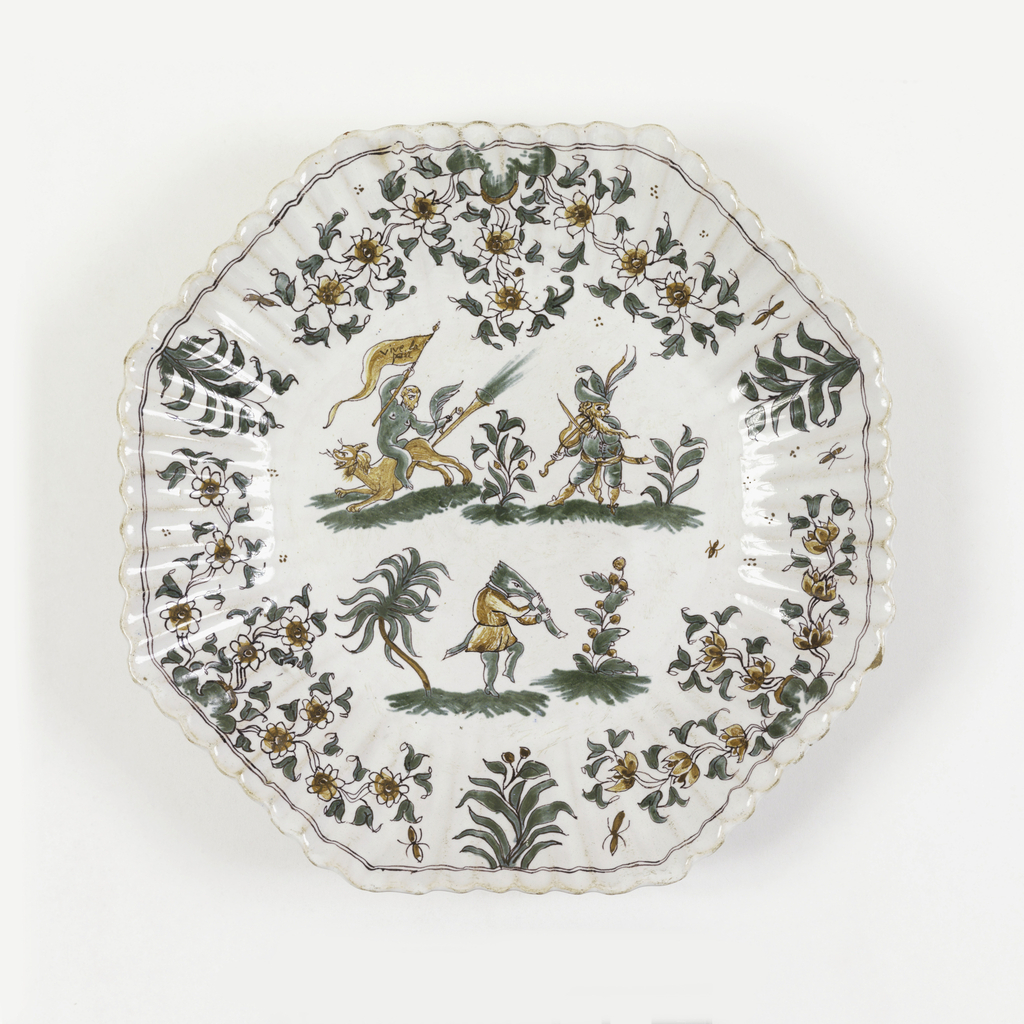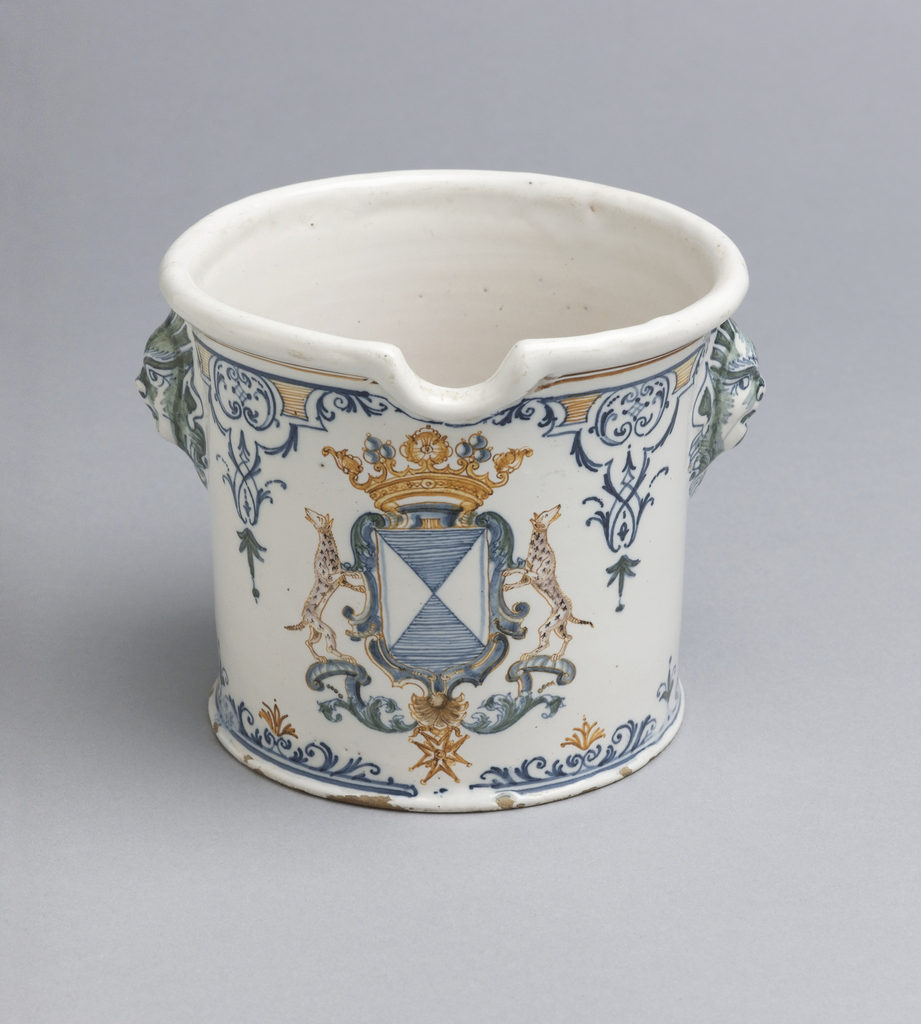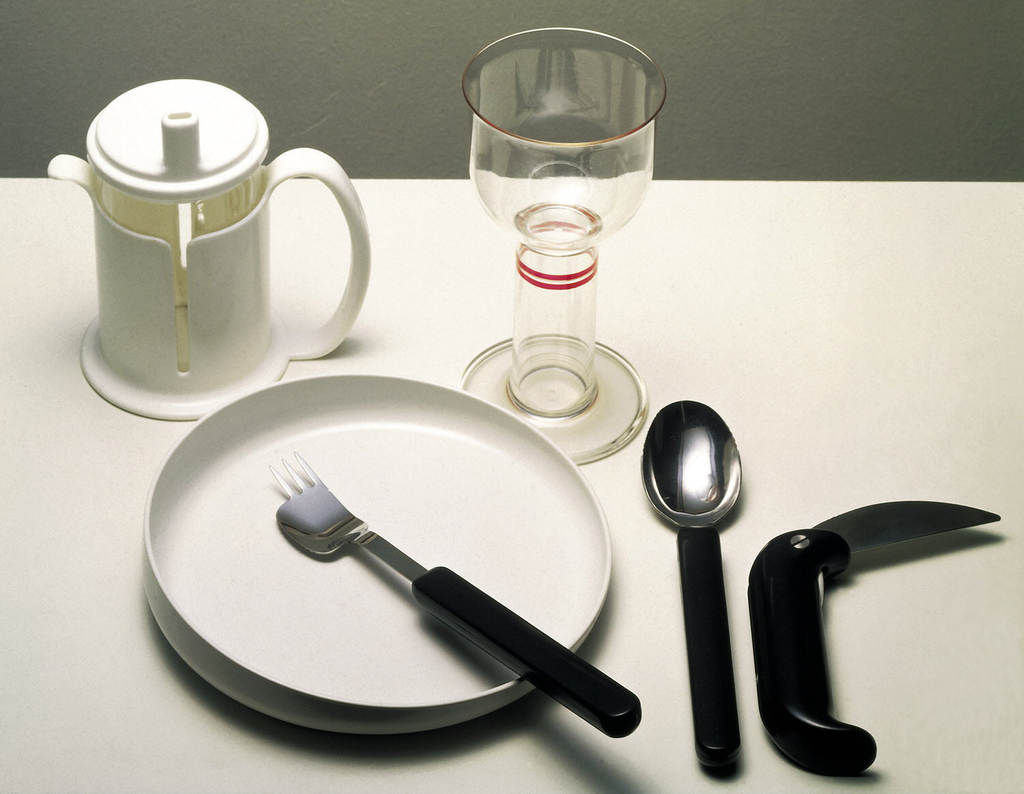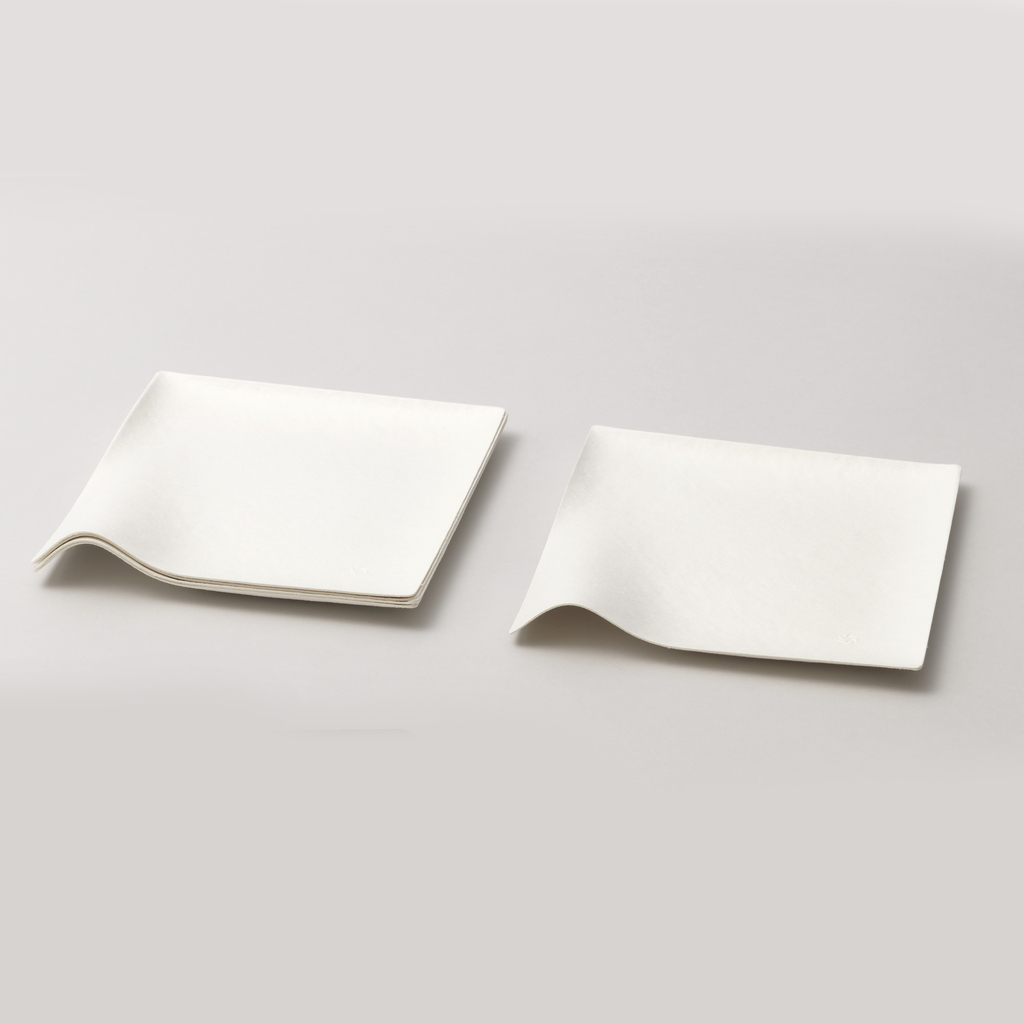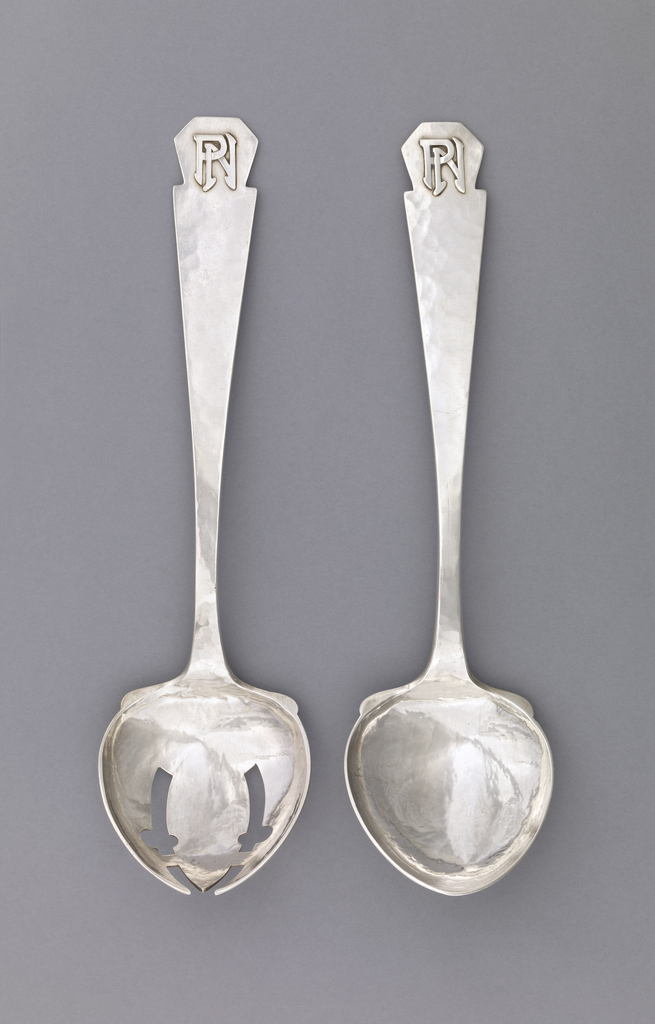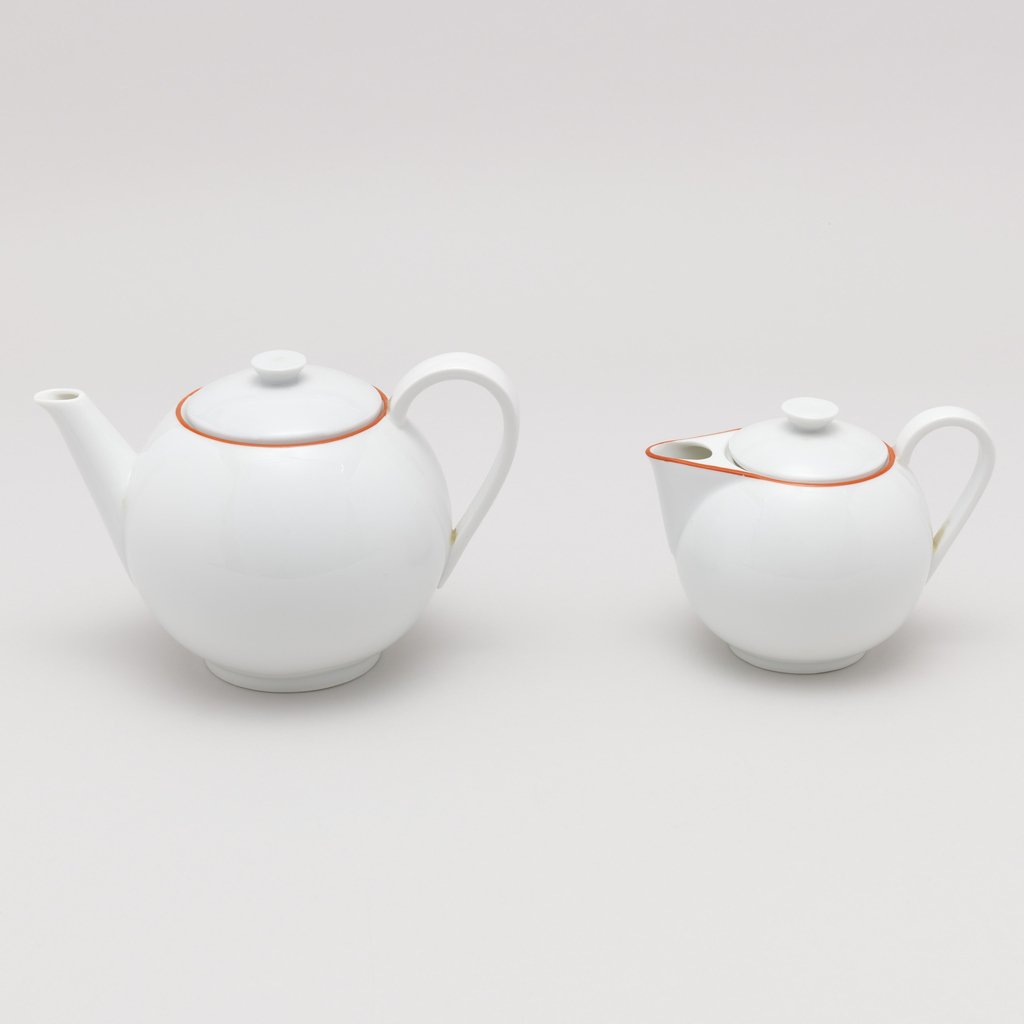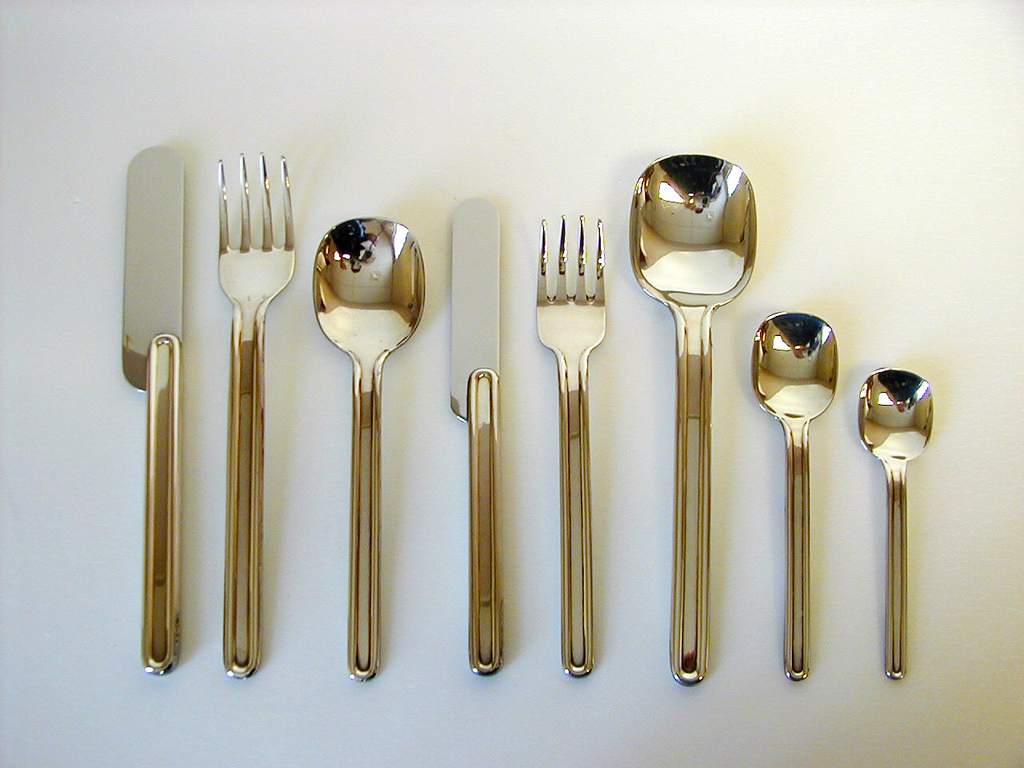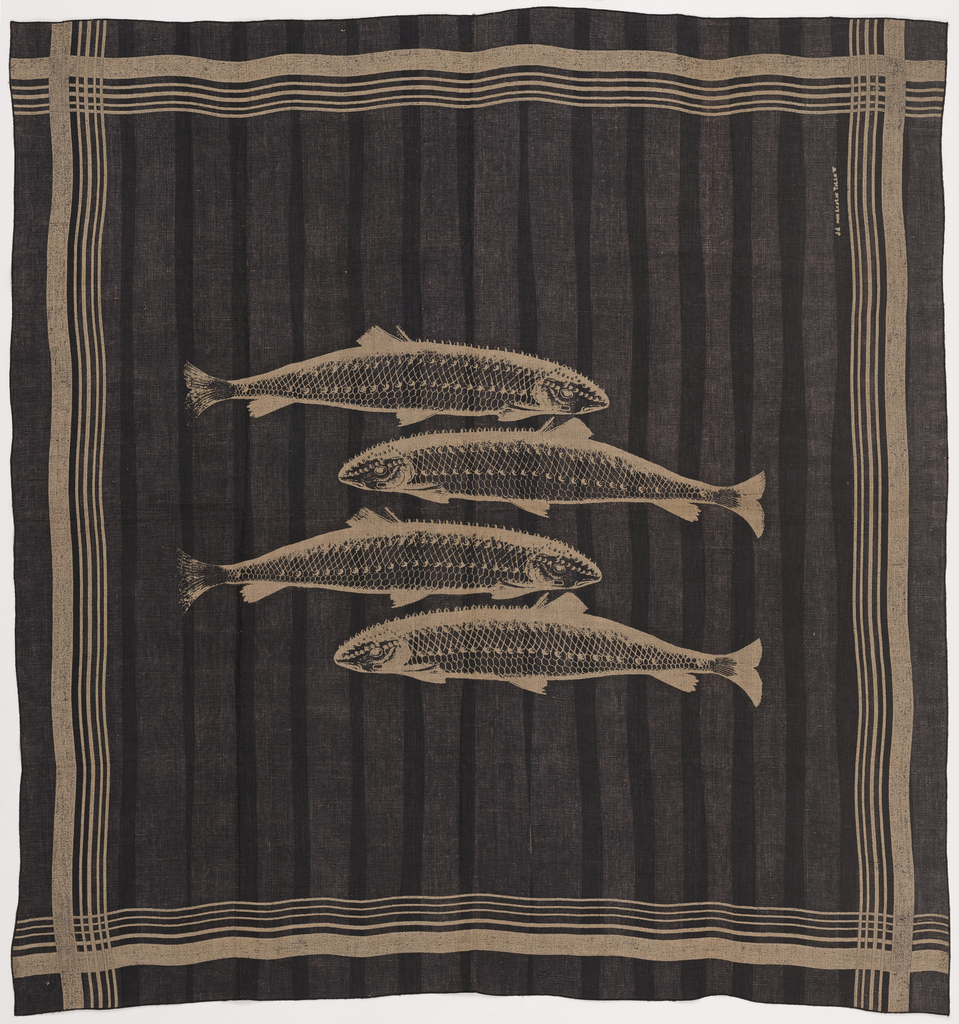This Object of the Day celebrates one of many treasured objects given by Clare and Eugene V. Thaw to Cooper Hewitt, Smithsonian Design Museum. It is published here in memory of Eugene V. Thaw. Click on this link to read more about the Thaws and their gifts to Cooper Hewitt. The so-called “grotesque” style of decoration developed...
This Object of the Day celebrates one of many treasured objects given by Clare and Eugene V. Thaw to Cooper Hewitt, Smithsonian Design Museum. It is published here in memory of Eugene V. Thaw. Click on this link to read more about the Thaws and their gifts to Cooper Hewitt. When King Louis XIV issued a...
In 1814, the celebrated Japanese artist Katsushika Hokusai—best known his Thirty-Six Views of Mount Fuji, which included the imminently recognizable Great Wave off Kanagawa—published a 15-volume work titled Manga, containing thousands of illustrations of landscapes, plants and animals, people, decorative ornaments and more. In the mid-1870s, copies of the Manga circulated in France, and the...
The cutlery in this tableware set, designed by RFSU Rehab for Ergonomi Design Gruppen, is comprised of black plastic handles and stainless steel implements. The significance of design for the human condition cannot be understated and this tableware demonstrates the value of looking beyond aesthetics, to consider tools as objects that can enable greater independence...
This simple plate is part of a large collection of disposable tableware designed by Shinichiro Ogata and produced by Wasara in Japan, with sustainability in mind. Made from a pulp consisting of biodegradable and compostable reed, bamboo and bagasse (a byproduct of sugarcane processing), these delicate looking yet durable wares take myriad forms, which allow...
Founded by Clara Barck Welles in 1900, the Kalo Shop was one of the most successful workshops of the Arts and Crafts movement. The name “Kalo” derives from the Greek word for beauty and the motto of the Kalo Shop was “Beautiful, Useful, and Enduring.”[1] The output of the Kalo Shop lived up to this...
Now on view in The Jazz Age: American Style in the 1920s, this mocha pot by Ladislav Sutnar effortlessly combines functionality with modern design.
Versatile designer Lella Vignelli, who died on December 22nd, played a vital role in firmly establishing the clean lines and clarity of Modernism in twentieth century American design. Her designs were pertinent throughout the late twentieth century and remain so today. Vignelli was born into a family of architects in Udine, Italy in 1934. She...
The Tillett Cold Wax System was one of the techniques Jack Lenor Larsen covered in detail in his 1969 book, The Dyer’s Art. Leslie Tillett explained, “I began serious research on a screen-printable resist material about three years after arriving in this country in 1947… I was after a formula or substance that would easily...
